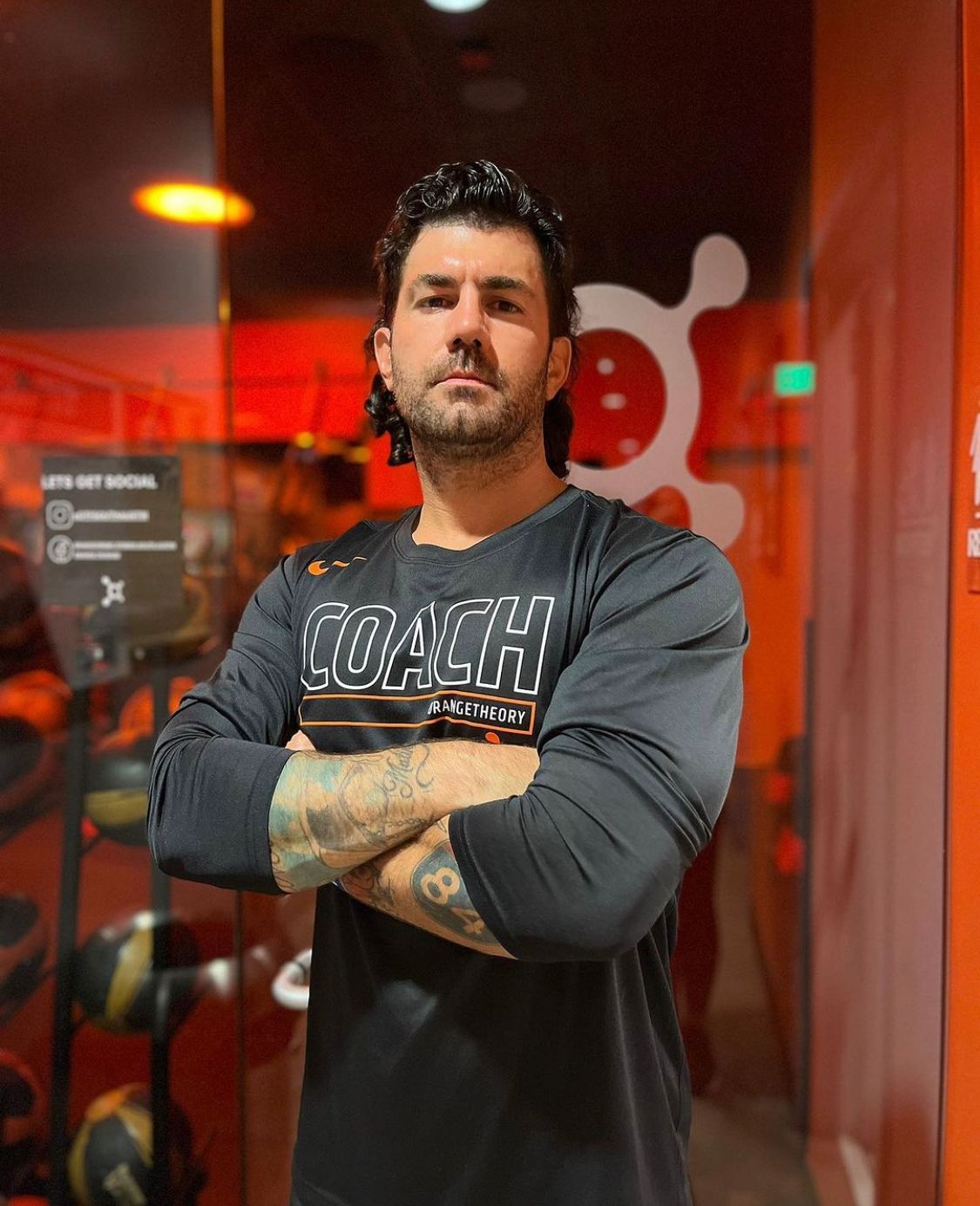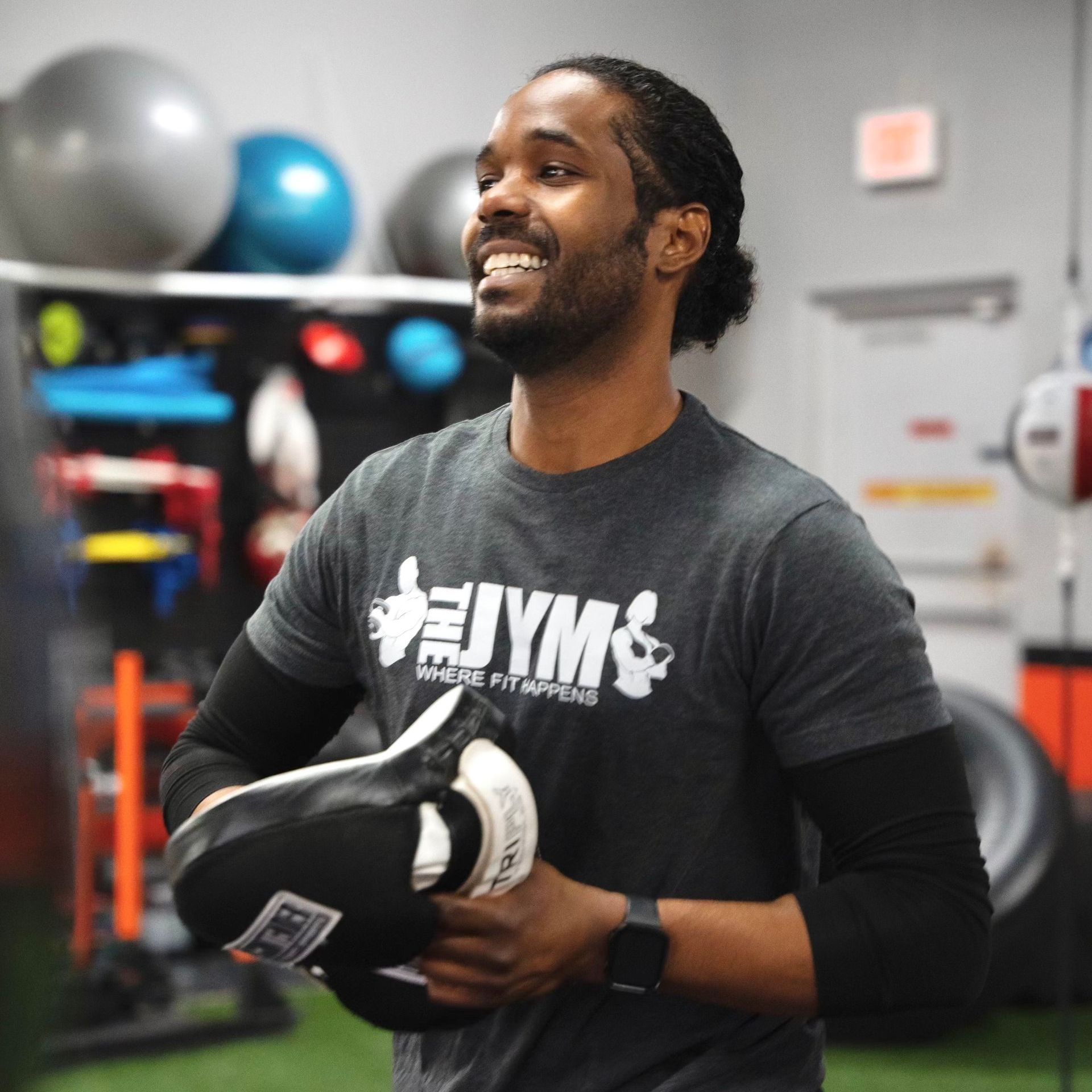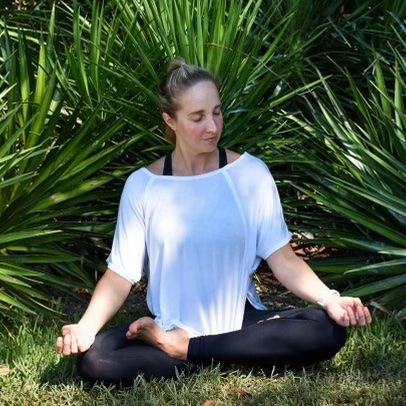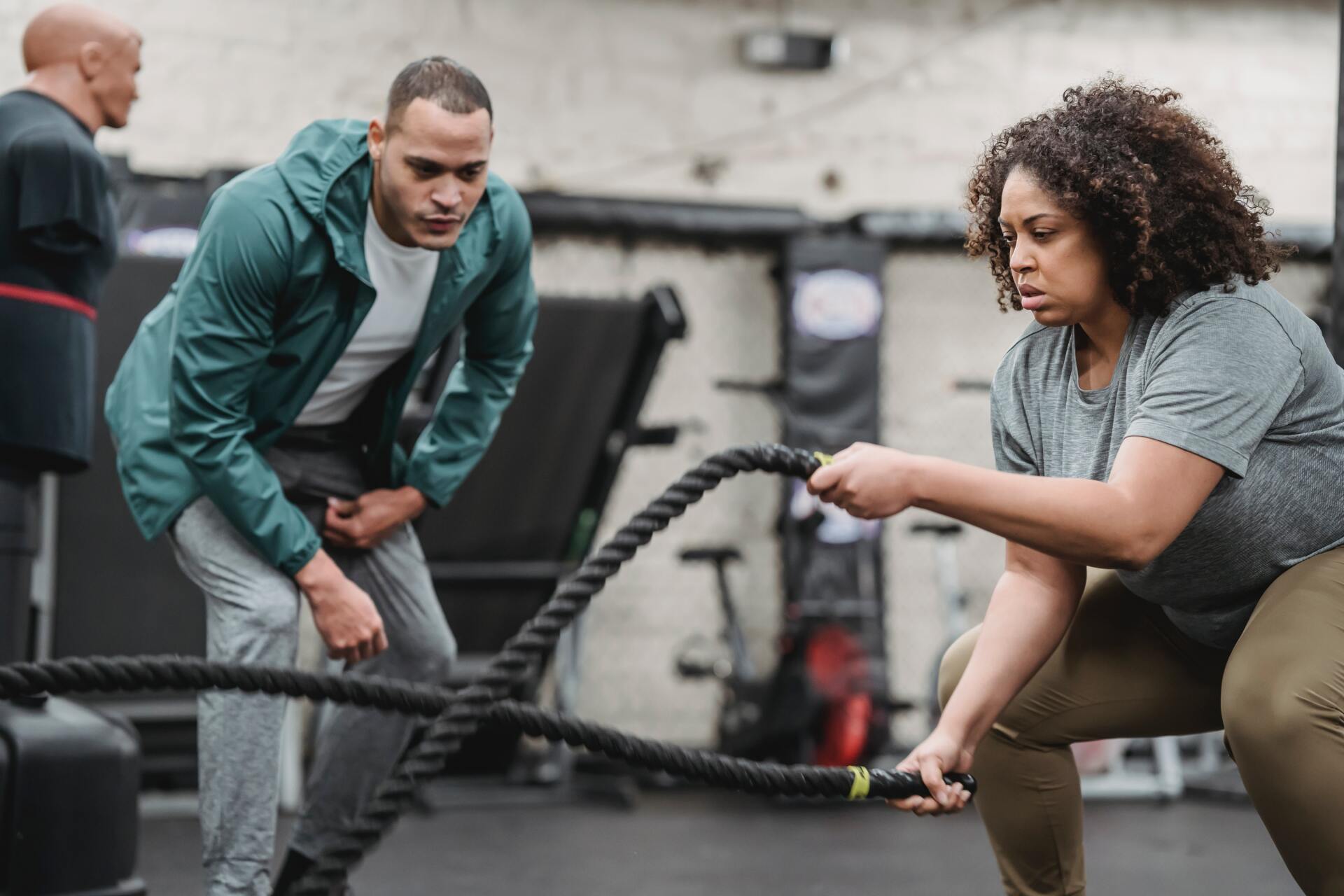Personal Training with Derek Lee
Derek Lee
Personal Trainer
Derek Lee has been a certified personal trainer for over 30 years. He studied advanced weight training at The Bodybuilding School of Texas, where he learned the science behind exercise. After speaking with his peers and close friends that were interested in advancing their own personal health journeys, Derek was inspired to establish his own fitness studio in January of 2012, Mindbodysoul Total Fitness. At his studio, Derek focused on working with his clients on body sculpting, bodybuilding, weight loss, advanced nutrition, and more. He continues to work alongside others in becoming the best and strongest
version of themselves, but he does so today as a personal trainer.
Derek’s clients are as young as 15 years old, including high school sports players, lawyers, doctors, and soccer moms. He currently offers training sessions 5 days a week, Monday through Friday. Derek fits his personal workouts in between his client sessions when he can, but his schedule stays consistently booked overall. The majority of his clients train with him two or three times per week. An average workday for Derek consists of about 10 hours of personal training, back-to-back. His average training session is about 1 hour, with breaks in between exercises. He explains that cardio is something that an individual can do by themselves, and they do not need training for it. Derek will incorporate cardio in between weight lifting, or other more stationary movements, but he makes sure to vary his clients’ cardio between running, cycling, etc.
“A great workout lasts between 40 and 45 minutes. Any longer means that you’re just sitting there or talking too much.”
- Derek Lee
Amongst all of Derek’s clients, the most common goal is to lose weight. Many of Derek’s clients desire to lose between 10 and 40 pounds when they begin working with a personal trainer. The most common secondary goal is to be healthy, which Derek believes should be the primary goal. The athletes that Derek trains generally prioritize strengthening the various muscles that will help them perform better in their sport. Some of these muscles include the glutes (legs), pectoralis major and minor (chest), and trapezius and rhomboids (back). Derek has found that many of the athletes he trains with tend to have a weaker posterior chain (calves, hamstrings, glutes, etc.). He also feels that kids younger than 13 years old are typically better with calisthenics and should focus on growing stronger and becoming more aware of their capabilities before attempting to lift heavy weights. Before beginning any intense workouts, Derek advises younger kids to begin learning agility, coordination, box jumps, and occasionally chin-ups.
Before beginning to develop a fitness plan for any of his clients, Derek asks them to evaluate their motivation behind their fitness training by asking them: “What are your goals?” and “Are they realistic?” Derek aims to communicate the importance of making short-term goals, as they are the basis for what will eventually become long-term goals. He teaches his clients, “If you don't have a goal in mind, you're always going to be spinning your wheels and trying to go after more and more. It's going to be easier to quit.” Derek sees goals as the starting point that will determine where a person will head in their fitness journey, an initial idea of what a person is working towards.
“By paying for training sessions, you are making an investment in your health.”
- Derek Lee
Before beginning to develop a fitness plan for any of his clients, Derek asks them to evaluate their motivation behind their fitness training by asking them: “What are your goals?” and “Are they realistic?” Derek aims to communicate the importance of making short-term goals, as they are the basis for what will eventually become long-term goals. He teaches his clients, “If you don't have a goal in mind, you're always going to be spinning your wheels and trying to go after more and more. It's going to be easier to quit.” Derek sees goals as the starting point that will determine where a person will head in their fitness journey, an initial idea of what a person is working towards.
For those just beginning their fitness journey, Derek encourages them to become consistent with cardio while they get comfortable with regular exercise. Then, he begins to evaluate their diet and other personal habits that may have an effect on their health. Most of Derek’s first-time clients start their first training session by asking him for an “ideal meal plan.” However, he wants his clients to see the value in creating a plan specific to themselves, their body types, and their goals.
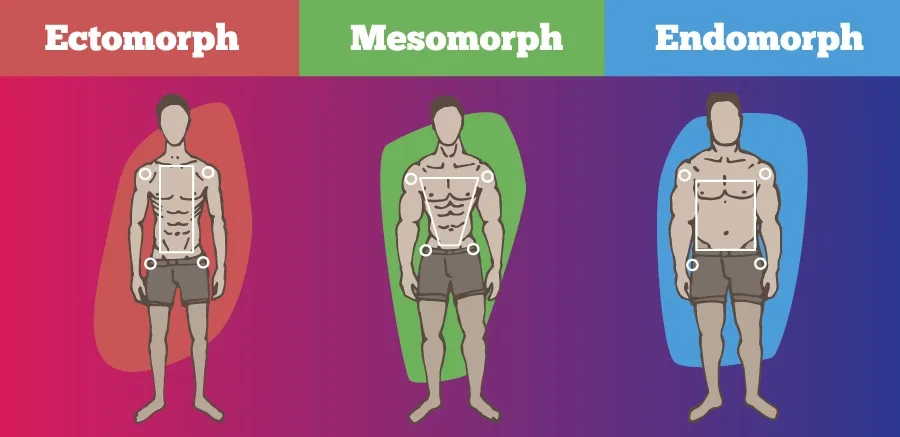
Graphic via HealthKart
Calculate RMR (resting metabolic rate) -
Affected by factors including age, genetics, and sometimes weather.
Derek knows that seeing results motivates people, and he wants to remind anyone on their health journey to “always choose how you look and feel over a number on the scale.” Many people choose a “golden number” that they treat as their end goal. This number can be what someone wishes they still weigh or what they’ve always wanted to weigh, but it’s oftentimes an unrealistic expectation for oneself. Derek explains, “The thing is, if you have muscle density, it’s going to be heavy. Muscle and weight aren’t measured the same way.”
“Don't get comfortable with 40 pounds of loss when you originally wanted 60 pounds."
- Derek Lee
Another common approach that Derek sees while training his clients is complacency. A person becomes comfortable with how far they’ve come and despite not yet reaching their original goals, they don’t want to continue working on becoming stronger, leaner, or fitter. When a person gives up on their goals, they are giving up on themselves, and Derek has seen this lead to a repetitive cycle of becoming carefree, going out more, exercising less, and no longer eating nutritious foods.
Not all the magic of becoming your healthiest version of yourself happens at the gym. Your health is a reflection of your daily habits, and it is present in all areas of your life. Derek advocates that diet is #1 when it comes to playing your part at home. As a trainer, he is responsible for controlling his clients’ workouts in the gym, including the type of workout, intensity, length of intervals, rests periods, etc. Derek does not encourage his clients to train at home the same way that they do at the gym with him. He advises his clients to hold off on any intense workouts until he can assist them, which is meant to reduce the likelihood of them injuring themselves. For the athletes that Derek trains, he believes that they are more experienced and are more comfortable with their boundaries, meaning they can train on their own. However, for beginners, Derek suggests focusing on cardio at home, such as running, walking, or using a rower. He encourages 45-60 minute cardio workouts. While exercising on your own, it is important to be mindful of your target heart rate zone (THR).
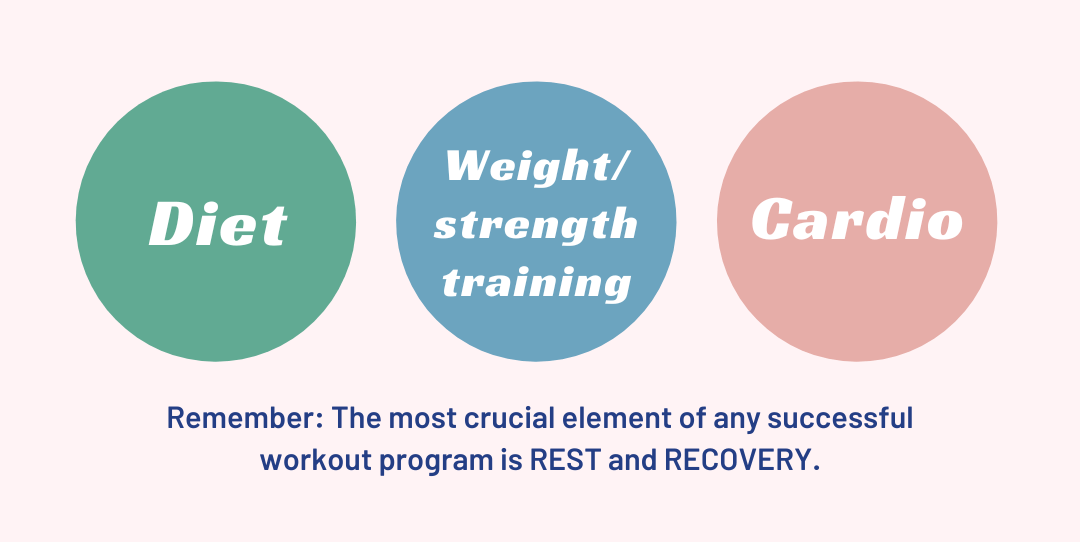
Derek first sees the commitment in his clients when they initially sign up. If someone has signed a contract and has paid a deposit, they have decided to make a change. The most common reason that Derek hears for a person not properly taking care of their health is a lack of time. “They usually say ‘I have kids, work, and other things.’ ” But Derek wants these people to know that “You have to make time for yourself. You're not going to be good for anyone else if you’re not good for yourself. You can never buy more time.” Responsibilities and to-do lists will always be there, but so will your state of health. Start now, and start small if you need to. Make the time investment now to make a better future for your friends, family, and yourself.

Derek began his own fitness journey at age 7 when he began participating in a variety of sports. He enjoyed playing football and basketball, and training in mountain biking, skiing, martial arts, boxing, kung fu, gymnastics, and more. Above all, he developed a love for strength training and weight training to become better in each of these sports. While playing these sports and practicing these athletics, he did work with different personal trainers. Derek has experienced every aspect of working in a gym, including management, marketing, teaching crossfit and power weight lifting, mopping the floors, filling out paperwork, and even handing out fliers to advertise. Amongst all of these, Derek’s favorite position has been working one-on-one as a personal trainer. “It is the most gratifying thing when I see my clients reach their goals, and I get to see the looks on their faces.”
Whether just beginning or experienced, Derek wants all people on their journey to understand the importance of taking it seriously and recognizing the correlation that physical health has with mental health. Working through any physical limits you’ve placed on yourself must come after you work through your mental limits. Before beginning training, Derek lets his clients know, “We are going to work through this together.” By becoming aware and in-tune with your personal emotions and your self-perception, you are establishing a strong foundation of truth that you can build a long-term lifestyle upon.
VITALITY
